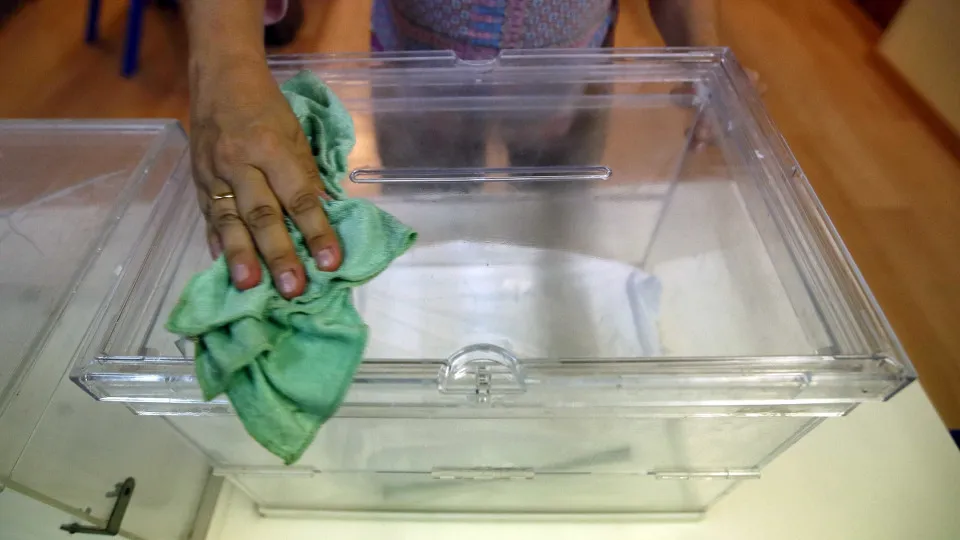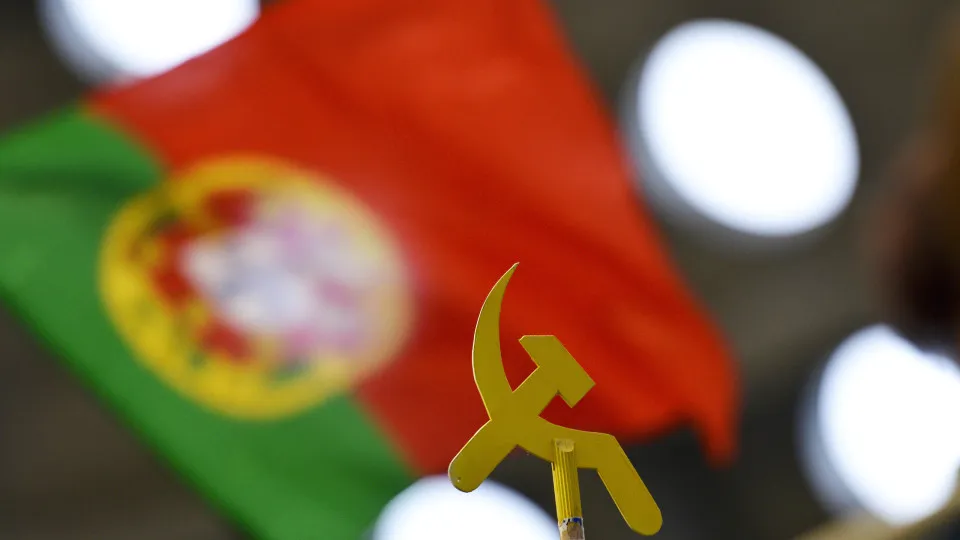
Total exports increased by 8.3% year-on-year, reaching $328.5 billion (approximately 282 billion euros), surpassing economists’ forecasts and accelerating from the 4.4% growth recorded in August.
Imports rose by 7.4% in September, following a 1.3% increase the previous month; however, the domestic economic weakness and the real estate sector crisis continue to hinder demand and consumption.
Sales to the United States recorded the sixth consecutive decline, following a 33% drop in August.
The slowdown reflects the impact of U.S. President Donald Trump’s tariff policy, which aims to encourage the relocation of factories to American soil, putting pressure on Chinese exports.
Conversely, China strengthened its presence in other markets: exports to Southeast Asia grew by 15.6% in September, while sales to Latin America and Africa increased by 15% and 56%, respectively.
“China’s exports continue to show resilience, thanks to low costs and the lack of global alternatives, despite the rising tariffs,” said Gary Ng, an economist at the French bank Natixis, in a report.
Trade tensions reignited on Friday when Trump threatened to impose an additional 100% tariff on Chinese products and restrictions on the export of critically considered technology to China.
In response, Beijing announced new port charges on American vessels and expanded export controls on lithium-ion batteries, rare earths, and associated technologies.
The escalation could jeopardize the meeting scheduled for late October between Trump and Chinese President Xi Jinping, indicating the lack of progress in efforts to achieve a comprehensive trade agreement between the world’s two largest economies.




